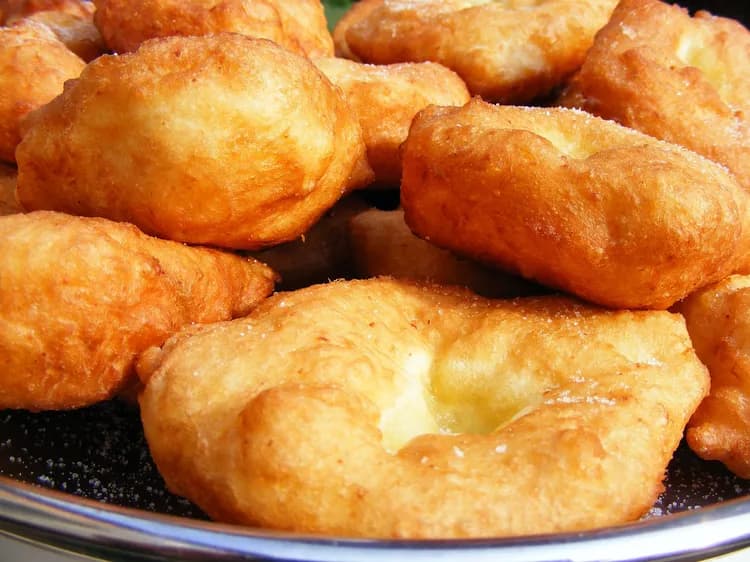
Cold Comfort: Fat-Rich Diets And Adaptation Among Indigenous Siberian Populations
In the Arctic, thriving indigenous populations have long made adjustments to living in one of the coldest and harshest places on Earth. Despite seasonal extremes in daylight, food availability, and severe cold, modern humans have had settlements in Siberia beginning around 45,000 years ago, not long after their initial migration out of Africa.
Recently, scientists have been exploring the genetic signatures of adaptation in several indigenous cold-adapted human populations.
Now, University of Arizona professors Ryan Gutenkunst and Michael Hammer have led a new study identifying new signals of adaptation across multiple genes and exploring a rich demographic history.
By performing extensive analyses on DNA sequencing data for two North-Central Siberian populations, the Nganasan (nomadic hunters) and Yakut (herders), they have been able to infer the most comprehensive demographic and adaptive history.
DNA samples of both Nganasan (NGA, 21 samples) and Yakut (YAK, 21 samples) were collected during field expeditions in Siberia and working with collaborators from the Institute of Cytology and Genetics, Novosibirsk, Russia. They were also able to use data from several East-Asian and European populations from the 1000 Genome Project. This resulted in a total of 508,160 single nucleotide variants (SNVs), or DNA mutations, to sift through and find some common genetic themes to cold adaptation.
"Our demographic inference shows that the Nganasan and Yakut first diverged approximately 12,000 -- 13,000 years ago from their East-Asian ancestors, while continuing to exchange migrants with them," said Prof. Gutenkunst.
The authors speculate that this may have coincided with the end of Last Glacial Maximum (about 26 -- 19 kya) and the beginning of Holocene (~12 kya), when a much milder climate in the Holocene might have permitted humans to expand northward into North Central Siberia.
Since the original time of divergence, their evidence points to these two populations remaining isolated from each other. And at times, the ancient Siberians were severely tested by the brutal environmental conditions. The authors found evidence of population bottlenecks that dramatically reduced population sizes by almost 90 percent in the ancestors of the East Asians and Siberians, then recovery and exponential expansion to present population sizes.
In addition, there were able to successfully identify key genetic signatures of selection, involving multiple genes in these populations.
"Our scan of the data identified seven candidate gene sets with Siberian-specific signals," said Prof. Gutenkunst. "Three of these gene sets are related to diet, especially to fat metabolism, consistent with the hypothesis of adaptation to a fat-rich animal diet."
"These all play a significant role in energy production and the structure of cell membranes, digestive enzymes, and protein digestion and absorption."
Because a hunting and foraging lifestyle provides the most reliable subsistence in the challenging conditions in Siberia, today many indigenous Siberians, including both the Nganasan and Yakut, have adapted to their high-fat and protein-rich animal food diets. In particular, physiological studies have shown that indigenous Siberians have markedly higher basal metabolic rates (BMRs) and relatively lower blood lipid levels (e.g. HDL/LDL and triglycerides).
"This implies possible protective roles of genetic adaptation in Siberians to their traditional diets, to maintain stable lipid levels in the blood plasma and cope with severe cold stress by increasing heat production."
The new study advances our current understanding of human adaptation to cold climates, and is consistent with similar findings among other cold-adapted populations, including the Arctic Greenland Inuit.
Materials provided by Molecular Biology and Evolution (Oxford University Press). Note: Content may be edited for style and length.
Disclaimer: DoveMed is not responsible for the accuracy of the adapted version of news releases posted to DoveMed by contributing universities and institutions.
References:
PingHsun Hsieh, Brian Hallmark, Joseph Watkins, Tatiana M. Karafet, Ludmila P. Osipova, Ryan N. Gutenkunst, Michael F. Hammer. (2017). Exome Sequencing Provides Evidence of Polygenic Adaptation to a Fat-Rich Animal Diet in Indigenous Siberian Populations. Molecular Biology and Evolution. DOI: 10.1093/molbev/msx226
Related Articles
Test Your Knowledge
Asked by users
Related Centers
Related Specialties
Related Physicians
Related Procedures
Related Resources
Join DoveHubs
and connect with fellow professionals

0 Comments
Please log in to post a comment.